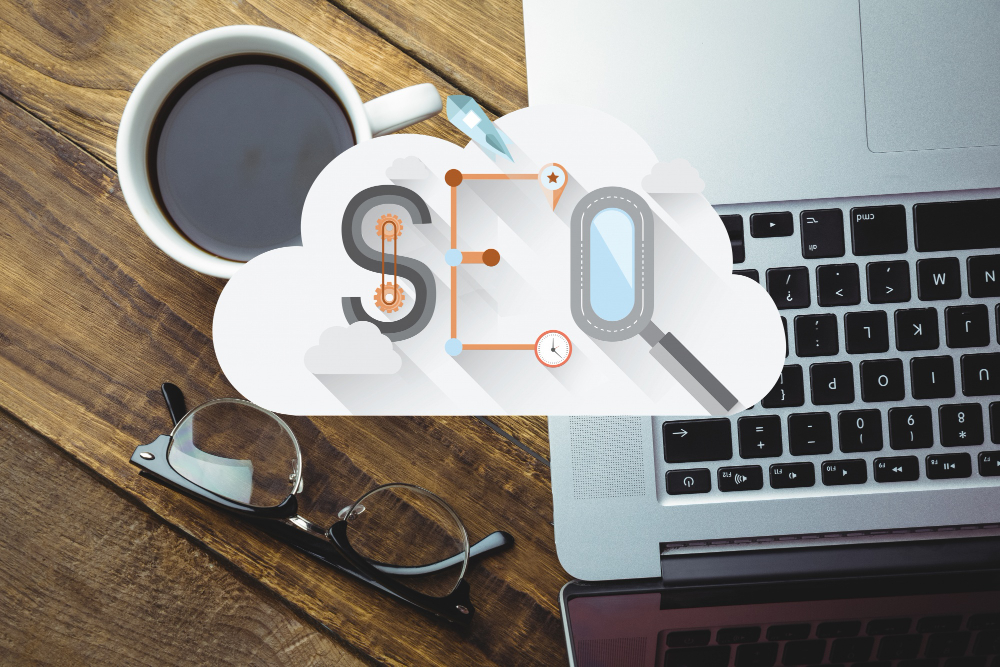
As a business owner, you understand how important it is to have a strong online presence. And one of the key factors that plays a role in the success of your website is its crawlability. Simply put, crawlability refers to the ease with which search engines like Google can access and index your website. However, crawlability issues are common, and if left unaddressed, they can negatively impact your website's ranking and traffic. In this blog, we'll explore some of the most common crawlability problems and how you can fix them to ensure your website is running smoothly.
1. Broken Links
One of the most significant crawlability issues is having broken links on your website. Broken links occur when a link leads to a page or content that no longer exists. Search engine crawlers encounter broken links, and can view them as a sign of poor website maintenance which can hurt your SEO rankings. To fix this, conduct regular audits to identify any broken links and either remove them or redirect them to new URLs. You can use a range of online tools like Screaming Frog, Ahrefs, or SEMRush to check for broken links on your website.
2. Duplicate Content
Another big crawlability problem is having duplicate content on your website. Duplicate content can be deemed as spam by search engines and can result in your website being penalized. This occurs when you have the same information or content, sometimes verbatim, on more than one page on your website. The solution here is to ensure that you have original content, and if you are posting the same content on different pages, make sure that you are using canonical URLs to indicate the primary content source.
3. Poor URL Structure
Having a poor URL structure can be detrimental to your website's crawlability. A good URL structure should be clean, concise, and contain target keywords. A poor URL structure, on the other hand, can be long, complicated, and difficult for search engines to crawl. Ensure your URLs are optimized for search engines by including target keywords, using hyphens instead of underscores, and keeping URLs short.
4. Slow Loading Speed
Slow page loading speed can also affect your website's crawlability. If it takes too long for your site to load, search engines may not crawl your site as frequently. To fix this, optimize your images, use browser caching, and optimize your server. You can use Google PageSpeed Insights, GTmetrix, or Pingdom to test your website's speed.
5. Lack of Site Maps
The lack of a sitemap on your website can make it difficult for search engines to crawl your website. A sitemap is a document that provides a list of all the pages on your website. With a sitemap, search engines can easily find and crawl every page on your website. Ensure you have a sitemap on your website and submit it to Google's Search Console for better crawlability.
Conclusion
If you want to ensure that your website is performing well in search engine rankings, it is important to address any crawlability issues. Keep your website updated and optimized for search engines, and you'll likely enjoy more website traffic, higher rankings, and more business. By tackling the five crawlability issues mentioned above, you will be able to improve the visibility and search engine ranking of your website. At REK Marketing & Design, we offer SEO services in Orlando, FL to help businesses optimize their website. Contact our team today to learn more.